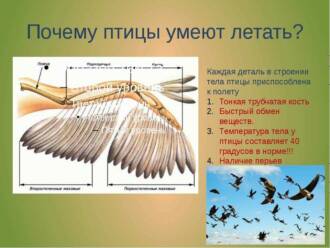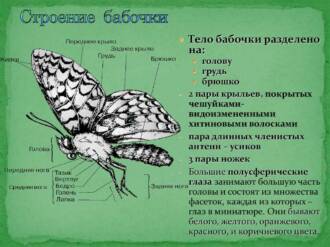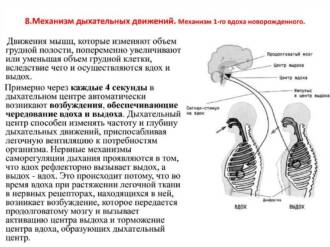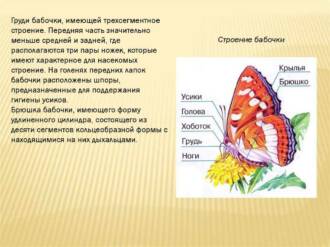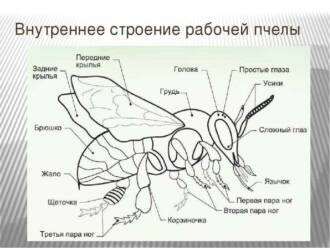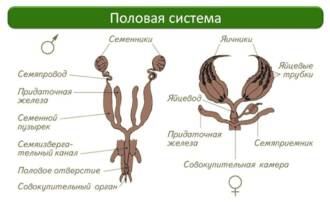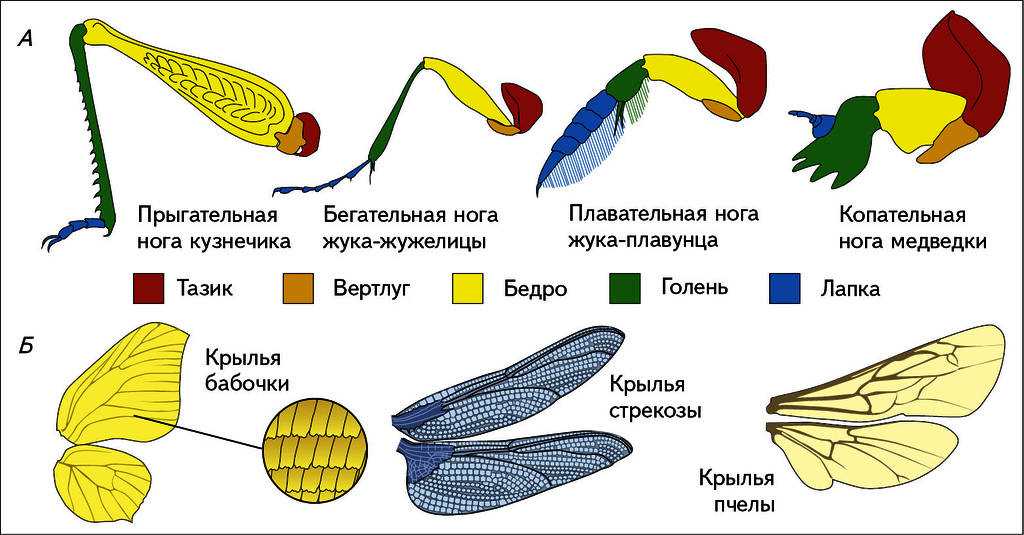
Butterflies are one of the most beautiful and amazing creatures of nature. Their lightness and grace in flight have fascinated people for centuries. But how are these gentle insects able to fly with such ease? The mystery lies in their unique wing structure, which gives them not only the ability to fly, but also superior maneuverability in the air.
Butterfly wings are made up of thin membranes supported by special veins. This design allows them to be light and flexible, which is one of the keys to their successful flight. Moreover, the wings are covered with tiny scales, which gives them a peculiar shine and brightness. But these scales are not only for decoration - they also strengthen the wings and protect them from damage.
A feature of butterfly wings is their ability to change shape and surface area during flight. They can bend and unfold, which allows the butterflies to maneuver and change the direction of flight. This is especially useful when evading predators or when looking for food. The wings also help them maintain the right speed and control the force they will apply to each movement.
Butterflies and their wings
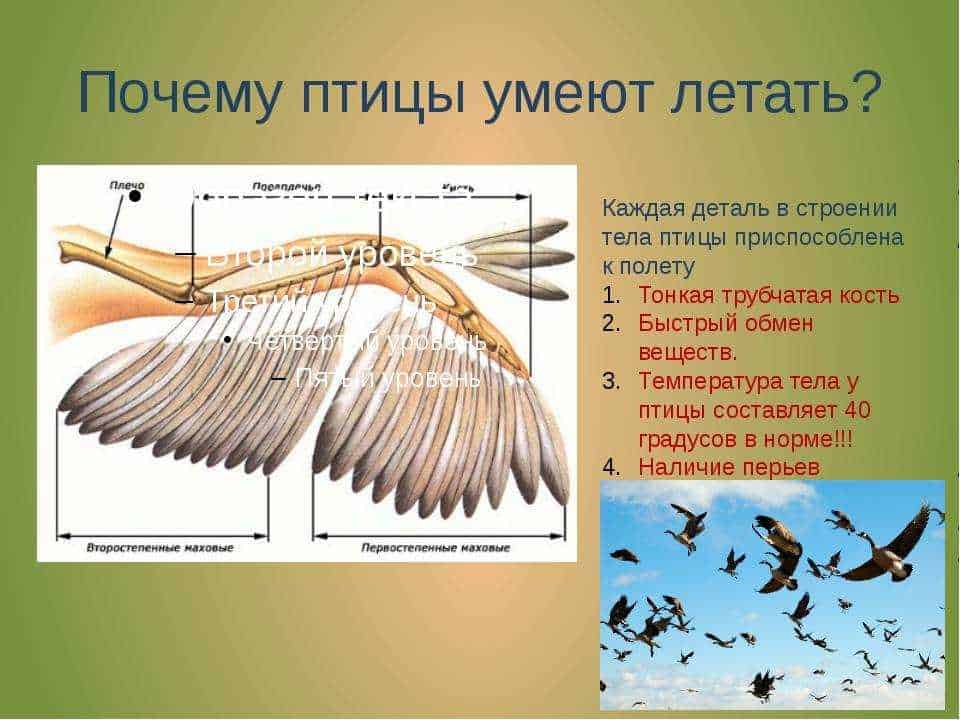
Butterflies are amazing creatures that are able to fly thanks to their wings. Butterfly wings have a unique structure that allows them to perform complex maneuvers in the air.
Wing structure
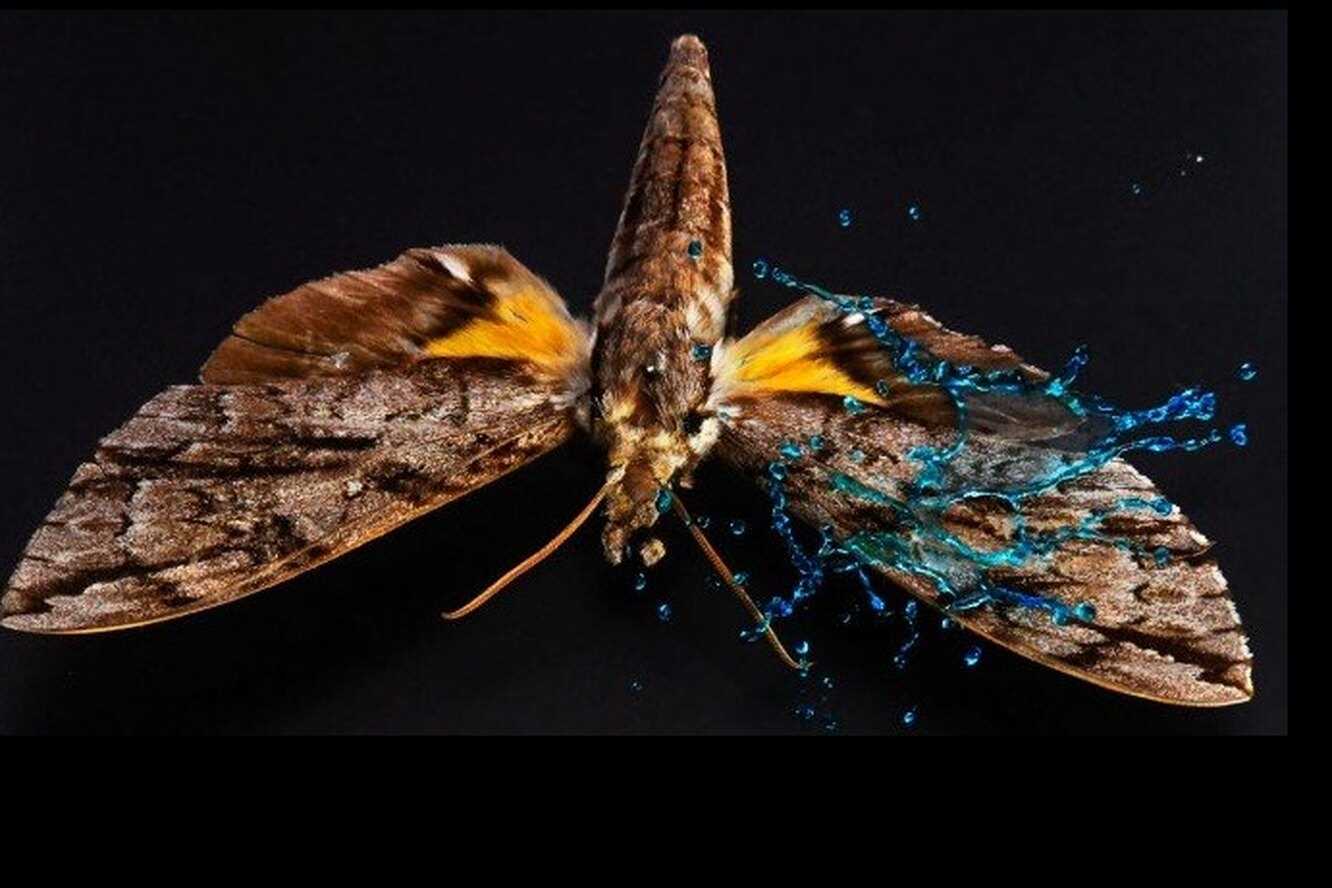
Butterfly wings are made of a thin and strong substance called chitin. This material provides the wings with the necessary strength and flexibility. The wings are also covered with tiny scales, which give them a bright color and protect them from moisture loss.
The structure of butterfly wings also includes veins that serve as a kind of skeleton. The veins provide strength and stability to the wings, allowing the butterflies to fly long distances and make quick maneuvers.
Wing functions
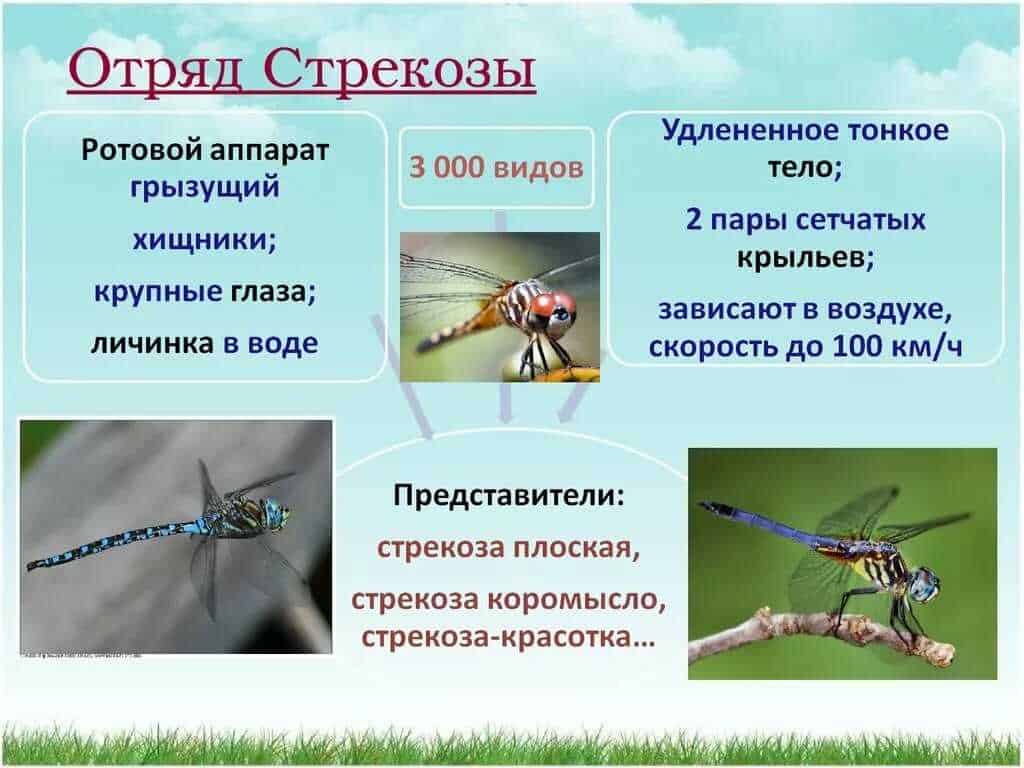
Butterfly wings perform not only the function of flight, but also play an important role in attracting mates and protection from predators. Bright colors and patterns on the wings serve as a kind of signals that help butterflies attract the attention of partners and distinguish themselves from other species.
The wings also serve as a defense against predators. Some species of butterflies have camouflage colors that help them blend in with their surroundings and avoid danger. Other species of butterflies have bright colors that alert predators to their toxicity or unpleasant taste.
Unique butterfly wings
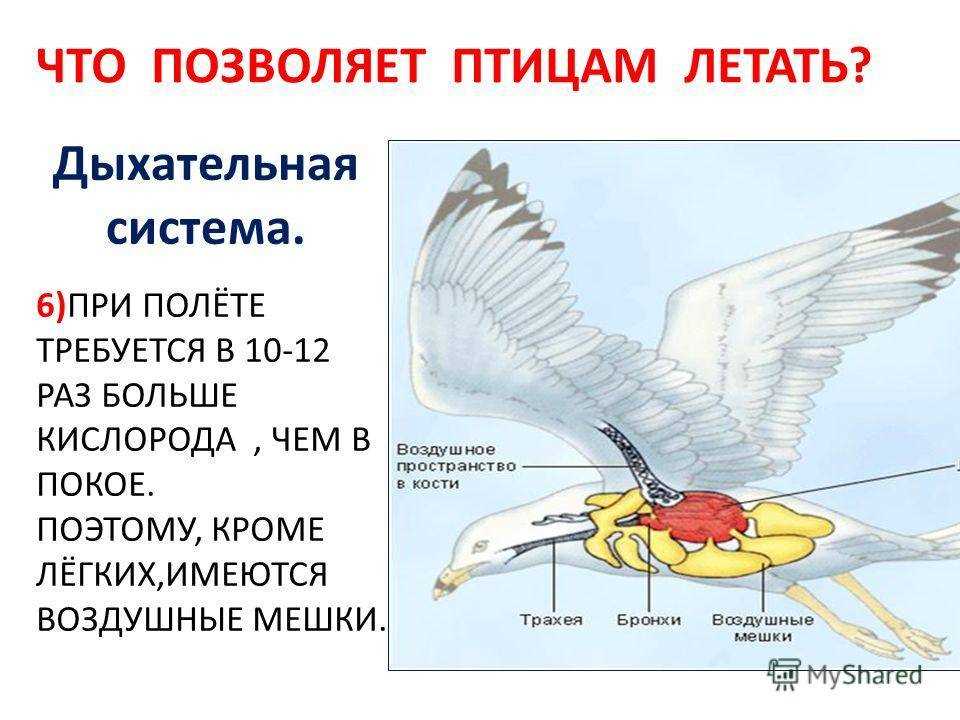
Butterfly wings are a unique structure that allows them to fly with incredible ease and elegance.
One of the features of butterfly wings is their lightness. They consist of many thin and strong veins that form a complex network. This structure allows the wings to be lightweight yet strong enough to withstand the stress of flight.
In addition, butterfly wings are designed in such a way that they are able to flexibly change their shape. This allows the butterflies to adjust their speed and direction of flight. They can bend and fold their wings to create the desired aerodynamic shape and surface.
It is also worth noting that the wings of butterflies are covered with tiny scales, which give them bright and colorful shades. These scales reflect light, creating impressive effects and attracting the attention of females and males.
In general, the unique structure of butterfly wings is the result of evolution and adaptation to the environment. It provides them not only with the ability to fly, but also protection from predators, and also participates in the process of reproduction and attraction of partners.
Wing anatomy

Butterfly wings are a unique structure that plays an important role in their ability to fly. They are made up of many small scaly elements called scales. The scales come in a variety of shapes and colors, and their arrangement on the wings creates colorful patterns and patterns.
Wings consist of two main parts: front and rear wings. The forewing is usually larger and wider than the hindwing. Each wing is made up of veins that serve to support and reinforce the structure. The veins form a mesh structure that gives the wing strength and flexibility.
Butterfly wings also have special structures called sponges. Sponges are located on the edge of the wings and serve to absorb moisture. This is especially important for butterflies that feed on flower nectar, as they can get water directly from the air through the sponges on their wings.
Wing structure
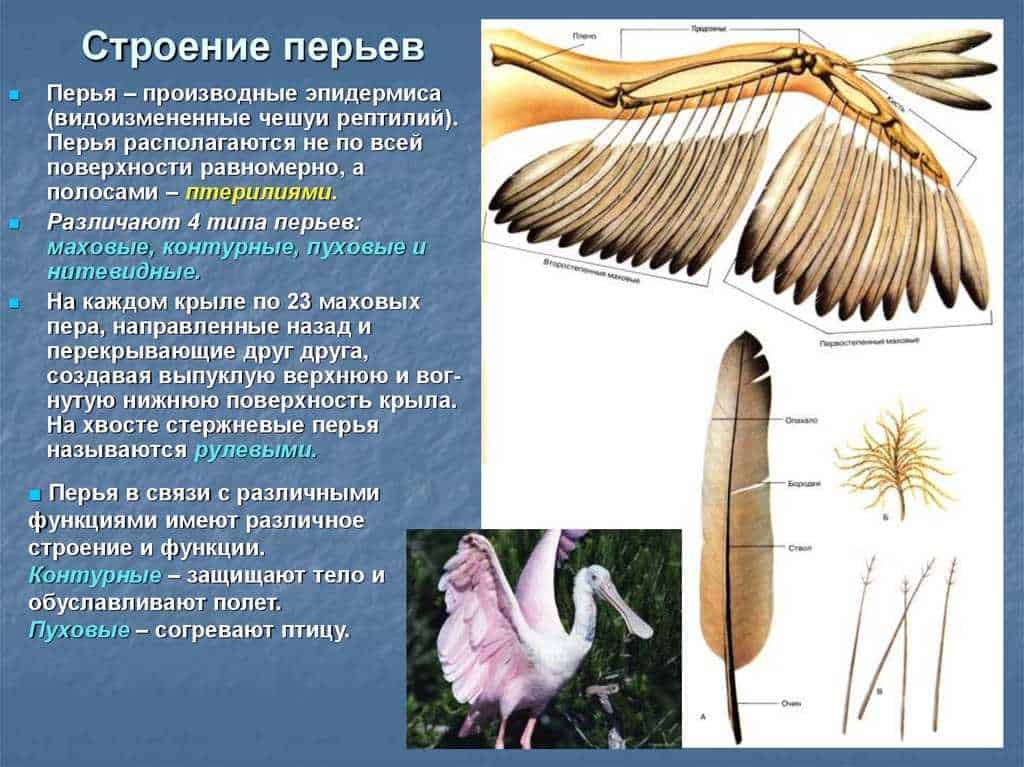
Butterfly wings have a unique structure that allows them to fly with ease and make efficient use of their wing surfaces. Each wing is made up of many small scales that give them a distinct texture and color. The scales on the wings of butterflies can be of different shapes and sizes, which creates a variety of their appearance.
The base of the wings is made up of a strong and flexible structure called veins. The veins run along the entire surface of the wings and serve to support their shape. They are also channels through which the blood vessels pass, providing nutrition and oxygen to the wings. The veins also carry out the function of transmitting nerve impulses, which allows the butterfly to control the movement of its wings.
Butterfly wings are covered with tiny hairs called cupirins. These hairs protect the wings from wear and tear and help the butterfly to stick to various surfaces. Cupirini also aid flight by creating microscopic eddies around the wings that help the butterfly maintain its position in the air.
Crystal structure

Butterfly wings have a crystalline structure that makes them light yet strong. Inside the wings are microscopic corrugated layers that give them rigidity and stability. This structure also allows butterflies to fly even under significant loads and wind conditions.
The structure of butterfly wings provides them with unique abilities in flight. They can maneuver in the air by changing the shape and angle of their wings. This allows them to fly with great agility and control, which is essential for foraging, breeding and protection from predators.
How wings help you fly
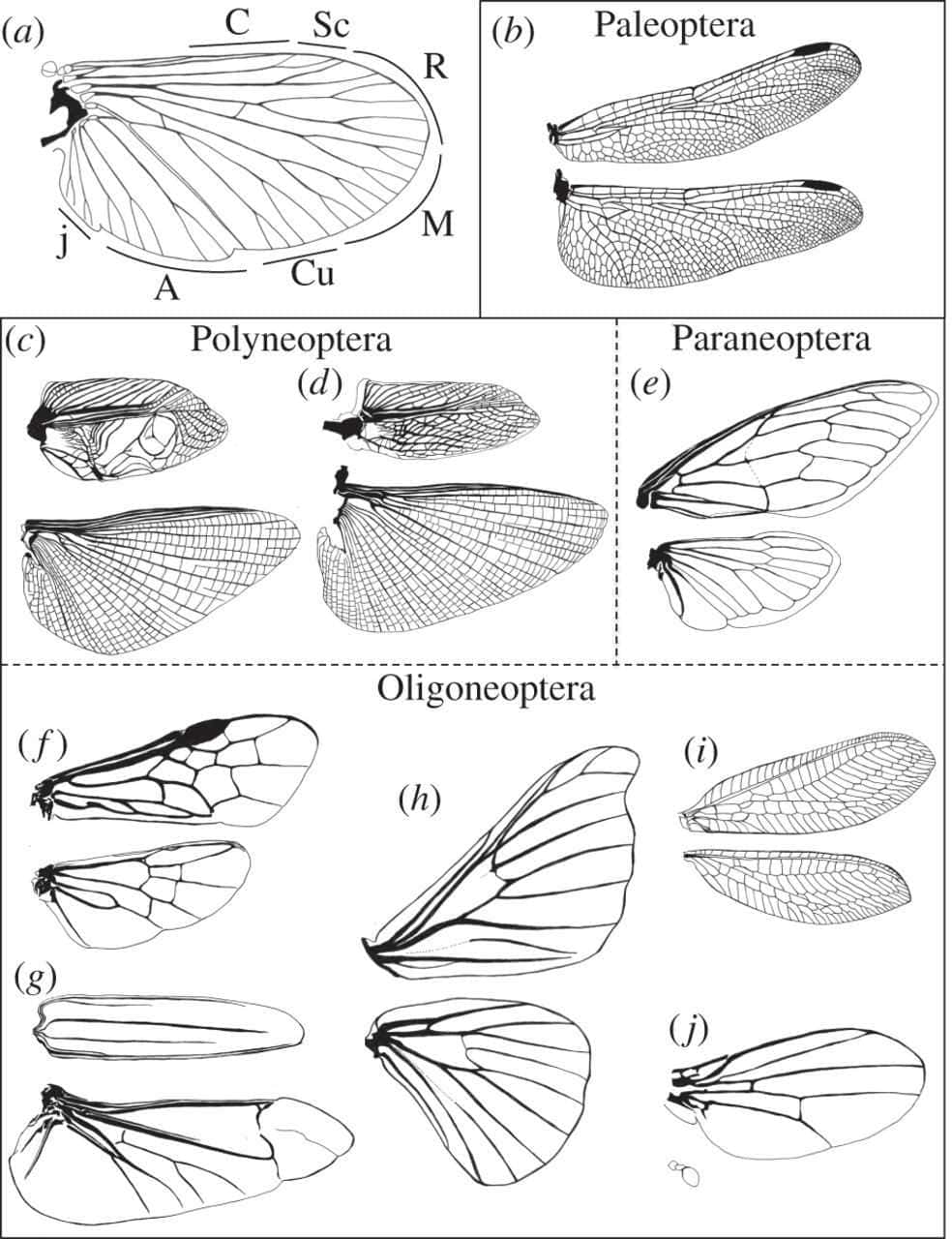
Butterfly wings have a unique structure that helps them fly. One of the features of the structure of the wings is the presence of many small scales that cover their surface.
Scales They give butterfly wings not only a beautiful appearance, but also serve as an important function in flight. They help to create a special aerodynamic shape of the wing, which allows the butterflies to move efficiently in the air.
Butterfly wings also have a joint structure that allows them to move and change shape flexibly during flight. Because of this, butterflies can easily maneuver, turn and change their flight altitude.
In addition, the shape of the wings of butterflies provides them with stability in the air. They have a wide surface, which allows the butterflies to collect more air with each stroke and create the necessary lift for flight.
Thus, the unique wing structure of butterflies plays a key role in their ability to fly. It provides them not only with beauty, but also with the functionality that allows them to maneuver, change the flight altitude and be stable in the air.
Wings and pollen

Butterfly wings have a unique structure that plays an important role in their ability to fly and interact with pollen. This structure consists of tiny scales that cover the surface of the wings.
The scales on the wings of butterflies have different shapes and colors, which gives them beauty and variety. However, in addition to the aesthetic function, the scales also perform a practical task - they protect the wings from environmental influences.
In addition, the wing structure of butterflies is important in the transport of pollen. When a butterfly lands on a flower, its wings create a weak electrostatic field that attracts pollen to itself. Then, with a flap of its wings, it transfers pollen from one flower to another, contributing to the pollination of plants.
Thus, the unique structure of butterfly wings not only allows them to fly, but also plays an important role in the ecosystem, contributing to plant reproduction and biodiversity conservation.
Wing evolution
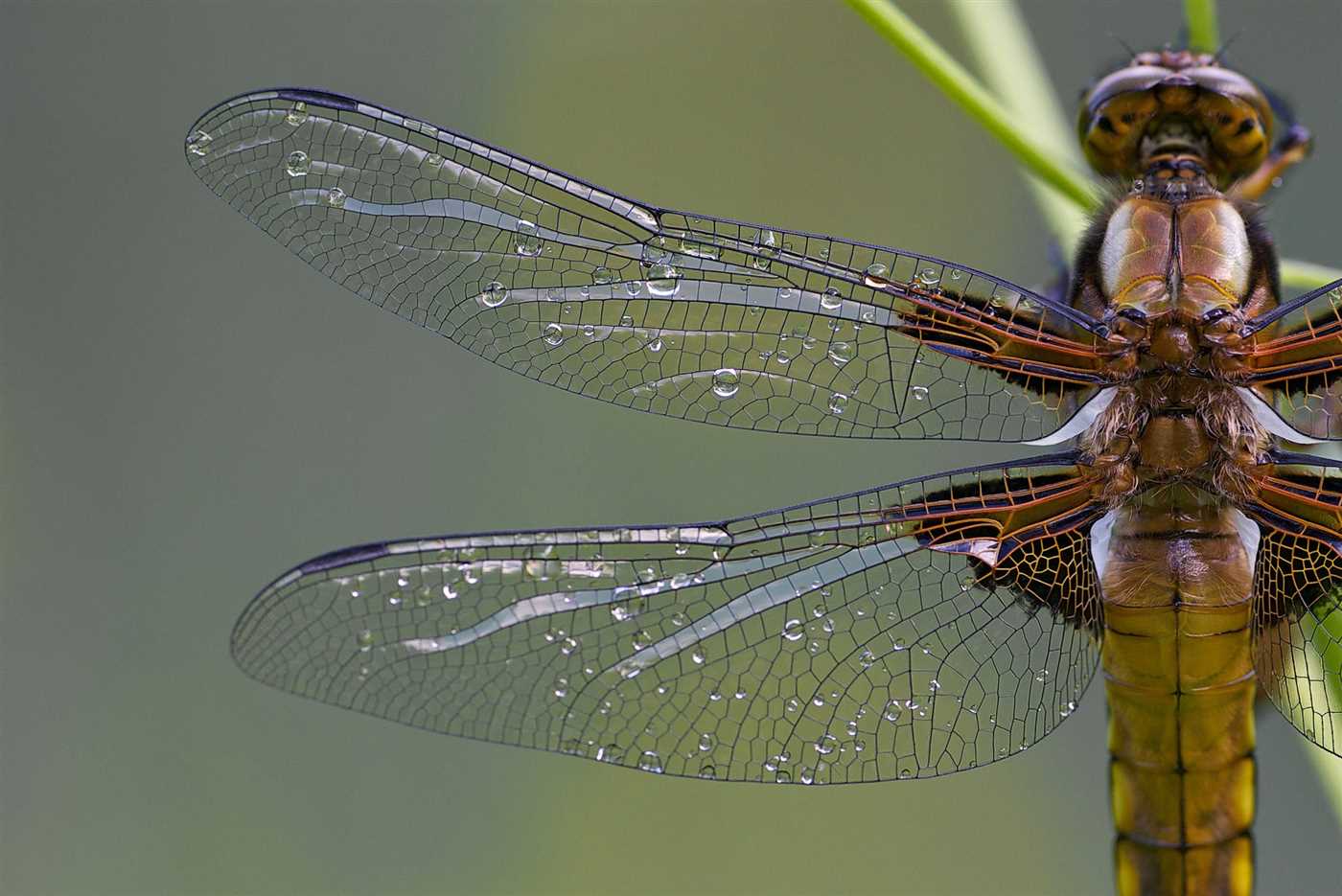
Wings are one of the most amazing and unique structures in the animal kingdom. They allow butterflies to fly and play a key role in their survival and reproduction. However, the evolution of butterfly wings was a long and complex process that took millions of years.
Initially, the ancestors of butterflies did not have wings. They were primitive insects, similar to modern moths. However, over time, some of them began to develop lamellar outgrowths on their lateral compartments, which later turned into wings. This was an important step in evolution that allowed them to explore new ecological niches and gain an advantage in the fight for survival.
One of the key features of butterfly wings is their lightness and strength. They consist of a thin layer of chitin, which provides reliable protection against damage and at the same time allows butterflies to fly. In addition, the wings have a complex structure, consisting of many veins and membranes, which provides them with strength and flexibility.
In the process of evolution, butterfly wings have also undergone changes in their shape and color. They have become larger and more diverse, which allows butterflies to attract the attention of partners and scare away predators. In addition, the wings began to have different patterns and colors, which helps them hide in the environment and defend themselves from enemies.

